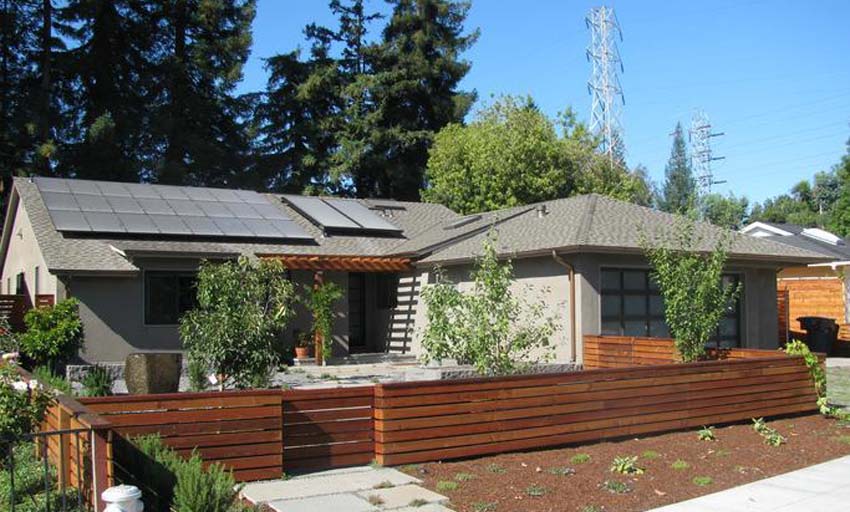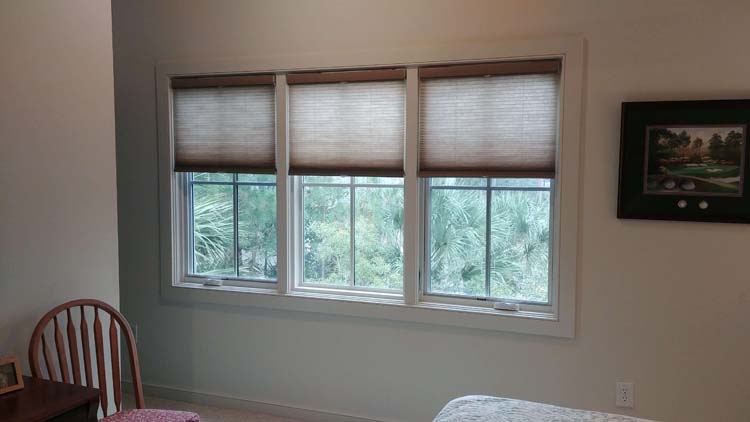Be Your Home Energy CEO

CEO’s worry about ROI’s. As the CEO of your house, you worry about your home energy efficiency. That may lead you toward geothermal and solar systems. But do they give you a good “Return On Investment” (ROI)? In other words, do these systems save you enough money to be worth the initial cost? “Probably not,” would be my answer. Sometimes things that seem like the best answer are often not, once you drill down to the facts.
Solar and geothermal systems get talked about a lot as means to saving home energy. But the very best and most cost-effective energy-saving thing you can do to your home is to increase the insulation in your attic and seal up as many cracks and crevices you can to reduce air infiltration. Not very sexy. And not much of a topic to brag about at cocktail parties. But facts are facts.
Here are some facts you should consider before investing your “home energy saving” dollars. Insulation is relatively cheap. Weatherstripping, sealants, and caulking are even cheaper. The cracks and crevices in a typical house can add up to the equivalent area of a fully opened window. You surely would not want to leave a window open all winter, but that is what you are doing if you do not seal up your house.
Step One to home energy savings, check your door and window weatherstripping. That is often the most vulnerable area for air leaks.
Step Two is insulation. Good attic insulation is like wearing a warm hat in winter and a wide-brimmed shade hat in summer. It will cut energy consumption dramatically. Worry more about the insulation in the attic than the insulation in the walls. Lots of heat is lost in winter and gained in summer through the attic and roof. And increasing the insulation in the attic is a lot easier than changing the insulation in your existing walls.

Step Three requires some behavior alteration. Use window coverings. Lots of heat is lost through windows at night. Pulling drapes and dropping blinds can mitigate a good deal of that heat loss. On the other hand, during sunny winter days, open the drapes and blinds on the windows that get direct sun and let that free, passive solar heating pour in. Of course, in the summer, you would want to shade the sunny windows during the day to reduce overheating from the summer sun. But usually the amount of sun that enters through a south-facing window in summer is actually less than in winter due to the high summer sun angle. A roof overhang can shade the windows in summer and let the low winter sun shine in.
To reduce air conditioning costs, plant deciduous trees on the south and west sides of your house. The shade they provide will help keep your exterior walls cooler in summer, but when the leaves fall in winter, the sun will be able to warm those same walls.
Step Four. A few other home energy saving strategies are relatively inexpensive and have a quick ROI. Install a programmable thermostat. These can be set to match your home and away schedule. In winter, you can let the house cool down while you are away at work and then warm up an hour before you get home. You can do the same thing during the night by letting the house cool a bit while you are in your warm bed and then let the house automatically warm up just before you wake up. You can do the opposite in summer with the air conditioning. A few degrees difference on the thermostat setting can save a good deal of energy.
Ceiling fans will let you keep the summer thermostat setting a bit higher while maintaining your comfort while saving on home energy. Switch to LED (light emitting diode) light bulbs. Although these are more expensive than traditional bulbs, they will use about one eighth of the electricity of traditional bulbs and last about eight times longer. They won’t take long to pay for themselves. Just be sure to check the “color temperature” on the label. You want 2700k to 3000k. Those will give a pleasant color light. Avoid the 5000k LEDs. Those cast that harsh blue light that no one likes.
Without tax rebates, i.e. help from your fellow taxpayers, installing solar or geothermal systems may not be worth the money. The initial cost is extremely high. For a significantly lower initial investment, you could turn your house into a tight, super-insulated dwelling with high-efficiency lighting and an efficiently controlled heating and cooling system. Your “Return On Investment” would be dramatically better. And your house would be a lot more comfortable.
Please don’t get me wrong on this. I like geothermal systems and solar panels. They have their benefits. They save on energy consumption. So if your goal is to reduce your energy consumption for reasons other than cost savings, then those systems might be right for you. Just know that the economic payback to you, personally, takes a long time. You would be far better off doing other less sexy things if you want to reduce your heating and cooling costs.
I hope this information is helpful to you. You might want to get yourself a copy of my best-seller, Designing Your Perfect House. It is chockfull of valuable tips and advice that will save you many times the cost of the book on your house building or remodeling project.

